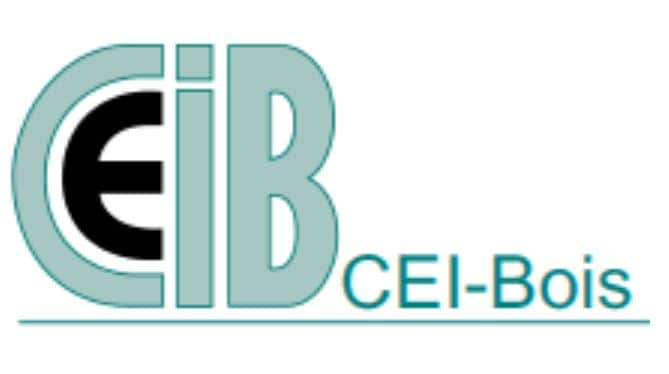
The initiative “TIMBIM” within the European Confederation of Woodworking Industries, CEI-Bois has launched a pilot project for a joint digital platform for information on construction products in wood.
Within the European Confederation of Woodworking Industries, CEI-Bois, some member states are intensively dealing with the topic of digitization and developed together a common understanding of the topic in recent years. At the end of 2020, a memorandum of understanding (MoU) was signed. The joint initiative “TIMBIM” supports the continuous knowledge-sharing and collaboration between participating member states. As a result, the CEI-Bois Initiative is now starting its first pilot project for a European digital platform for information on construction products in wood. The first partners to take part in the project are the CEI-Bois members Switzerland (Lignum), Austria (Association of the Austrian Wood Industries), Finland (Federation of the Finnish Woodworking Industries) and Sweden (Swedish wood).
Together with the Norwegian software company Cobuilder, the participating member states will develop a common data structure with specific dictionary and data templates for the selected construction products in wood. The basis for these data templates are the names and properties described by the European product- and test standards that are harmonised and applied across all the European countries.
The members of the pilot project will select and provide information needed to create data templates for the selected categories of construction products in wood.
Within these created structures, both, generic and specific information can exist side by side using the common data models created through a common technical language.
This common data management platform will enable clear, credible and standard- based communication within the BIM methodology. The information provided will be used across all stages of the planning: While in in early project stages the wood solution is represented based on generic information, the information is increasingly replaced by specific product information in later stages of the project.
Through the coordinated approach with other national associations, the partners target not only cost savings for the wood industry, but also a faster implementation of workflows to optimise the building in all basic requirements for buildings over the whole lifecycle. In the common platform, properties of construction products in wood are described in a common structure. As this information is machine-readable, it is ready to get processed by the algorithms of applications within the BIM methodology.
This will allow architects and planners to design sustainable buildings in wood better, faster and safer by selecting the right solution in wood to meet the project requirements and building regulations. The “good arguments for wood” are finally made visible in the investors decision-making process.
“For us, it is important to work with businesses who coordinate with one another to develop one common language that humans and machines can understand.” says Lars Fredenlund, CEO of Cobuilder.
“This also enables the selection of the elements that make up the ‘digital passport’ of a product are technically sensible and widely recognized and can be in sync with data needs for digitizing of not only Environmental Product Declaration (EPD), Facility Management (FM), Circularity data and more.
This also simplifies the implementation of international standards for digitization such as the IFC standard from buildingSMART International.”
In the future, the common platform will have both a web-based view and an Application Programming Interface (API) with which the information can be used by different actors.
Within the web-based view, the information can be easily translated into the respective language and supplement other national information. The information can be accessed and presented in different user environments and national contexts like product catalogues, dimensioning tools and configurators.
In addition, the information made available through the API can be used in conjunction with manufactures’ Product Information Management systems (PIM), Enterprise Resource Planning systems (ERP), Building Information Management (BIM) objects or data packets in the international exchange format known as IFC (Industry Foundation Classes) as used in Computer-aided design (CAD) software.
